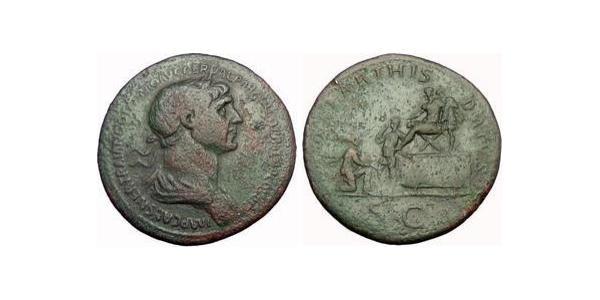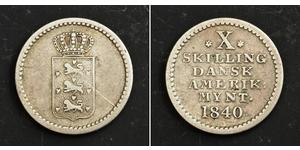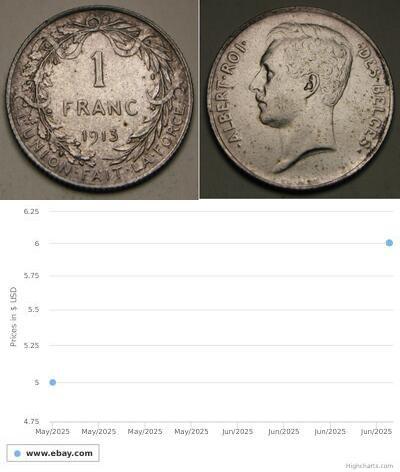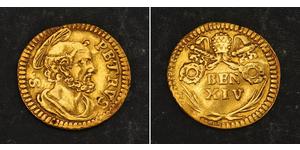[ 3450] Marcus Ulpius Nerva Trajanus, 98-117A.D. Bronze Sestertius (35mm, 24.95 gm.), Rome: 116 A.D. Rare. Reference: RIC 667. BMCRE 1046. C. 328. UCR 735. IMP CAES NER TRAIANO OPTIMO AVG GER DAC PARTHICO P M TR P COS VI P P, Laureate and draped bust of Trajan right. REX PARTHIS DATVS S C, Trajan seated left on high platform, accompanied by officer, placing diadem on the head of king Parthamaspates who stands before him beside platform, Parthia kneeling right in supplication before. Provided with certificate of authenticity. CERTIFIED AUTHENTIC by Sergey Nechayev, PhD - Numismatic Expert Marcus Ulpius Nerva Traianus, commonly known as Trajan (18 September, 53 – 8 August, 117), was a Roman Emperor who reigned from AD 98 until his death in AD 117. Born Marcus Ulpius Traianus into a non-patrician family in the Hispania Baetica province (modern day Spain), Trajan rose to prominence during the reign of emperor Domitian, serving as a general in the Roman army along the German frontier, and successfully crushing the revolt of Antonius Saturninus in 89. On September 18, 96, Domitian was succeeded by Marcus Cocceius Nerva, an old and childless senator who proved to be unpopular with the army. After a brief and tumultuous year in power, a revolt by members of the Praetorian Guard compelled him to adopt the more popular Trajan as his heir and successor. Nerva died on January 27, 98, and was succeeded by his adopted son without incident. As a civilian administrator, Trajan is best known for his extensive public building program, which reshaped the city of Rome and left multiple enduring landmarks such as Trajan's Forum, Trajan's Market and Trajan's Column. It was as a military commander however that Trajan celebrated his greatest triumphs. In 101, he launched a punitive expedition into the kingdom of Dacia against king Decebalus, defeating the Dacian army near Tapae in 102, and finally conquering Dacia completely in 106. In 107, Trajan pushed further east and annexed the Nabataean kingdom, establishing the province of Arabia Petraea. After a period of relative peace within the Empire, he launched his final campaign in 113 against Parthia, advancing as far as the city of Susa in 116, and expanding the Roman Empire to its greatest extent. During this campaign Trajan was struck by illness, and late in 117, while sailing back to Rome, he died of a stroke on August 9, in the city of Selinus. He was deified by the Senate and his ashes were laid to rest under Trajan's Column. He was succeeded by his adopted son (not having a biological heir) Publius Aelius Hadrianus—commonly known as Hadrian. As an emperor, Trajan's reputation has endured - he is one of the few rulers whose reputation has survived the scrutiny of nineteen centuries of history. Every new emperor after him was honoured by the Senate with the prayer felicior Augusto, melior Traiano, meaning "may he be luckier than Augustus and better than Trajan". Among medieval Christian theologians, Trajan was considered a virtuous pagan, while the 18th century historian Edward Gibbon popularized the notion of the Five Good Emperors, of which Trajan was the second. Early life and rise to power Trajan was born on September 18, 53 in the Roman province of Hispania Baetica (in what is now Andalusia in modern Spain), a province that was thoroughly Romanized and called southern Hispania, in the city of Italica, where the Italian families were paramount. Of Italian stock himself, Trajan is frequently but misleadingly designated the first provincial emperor. Trajan was the son of Marcia and Marcus Ulpius Traianus, a prominent senator and general from the famous gens Ulpia. Trajan himself was just one of many well-known Ulpii in a line that continued long after his own death. His elder sister was Ulpia Marciana and his niece was Salonina Matidia. The patria of the Ulpii was Italica, in Spanish Baetica[3], where their ancestors had settled late in the third century B.C. This ...
type to read more

|
Posted by:
anonymous 2015-08-19 |
Similar Coin Groups
2025-05-27
- Historical Coin Prices
2025-05-24
- New coin is added to 1/2 Scudo Vatican Gold
1/2 Scudo Vatican Gold
group has 5 coins / 5 prices
⇑
ITALIA Vaticano - Stato Pontificio Benedetto XIV. 1740-1758. 1/2 Scudo romano 1741, Roma. 0.91 g. Berman 2735. Fr. 233. BB+.
You may be interested in ...






















